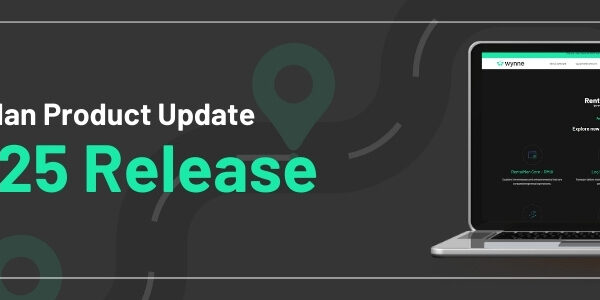
In the same way that sales reps have mastered the art of negotiation and technicians have service work down to a science, dispatchers possess a skill set unique to their discipline. Making strategic decisions in complex, ever-changing situations requires keeping a cool head in the face of chaos. Identifying opportunities for time and fuel savings necessitates a keen seen of observation. And effectively communicating with drivers demands interpersonal savvy. In short, dispatchers are remarkably talented individuals whose acumen and acuity should be supported to the fullest extent.
Unfortunately, at many equipment rental branches, dispatchers are burdened with menial tasks that distract them from their core responsibilities. Chief among these interruptions is manual data entry.
The Problem with Forwarded Load Requests
At many equipment rental branches, it’s common for sales reps and service managers to forward load requests (in the form of emails and spreadsheets) to their dispatchers. From there, dispatchers are expected to enter the information contained within these load requests into their order management system. While this process may seem straightforward upon first glance (especially when sales and service departments lack access to any order management system), in reality, this workflow drains the time of all parties involved.
Forwarding load requests requires sales and service personnel to take time out of their busy schedules. On the flip side, manually entering all of the information contained within these load requests can quickly add up to hours each week. With all of the responsibilities already on their plate, dispatchers simply don’t have the bandwidth to deviate from their most pressing responsibilities.
Empowering Sales and Services Departments
Thankfully, there exists a solution to this productivity problem. By granting (controlled) order management system access to sales reps and service technicians, rental branches can dramatically streamline their load request handling workflow. By having load requests directly entered by the reps and technicians who suggest them, relaying requests becomes unnecessary. What’s more, this simplified setup spares dispatchers from the tedium of entering load request information themselves.




